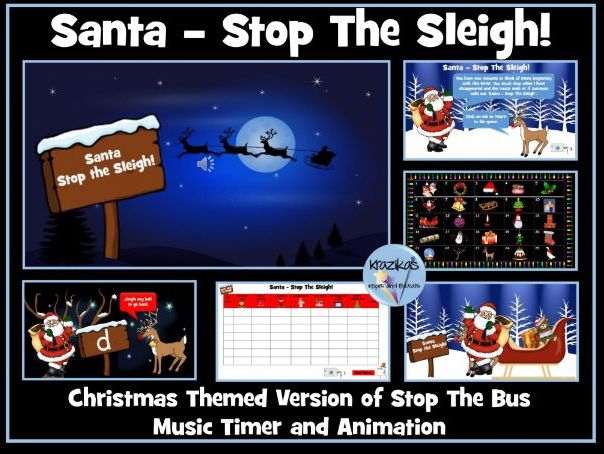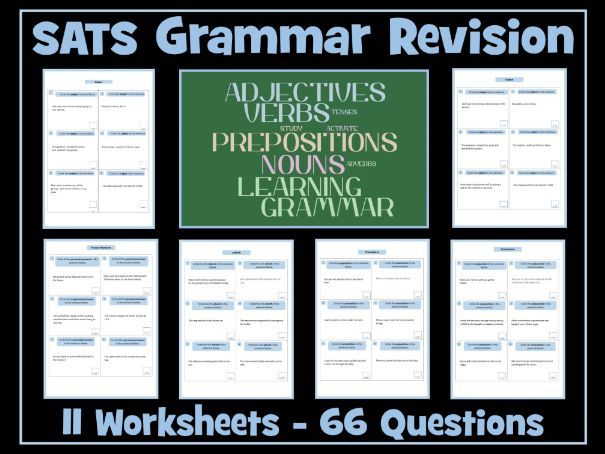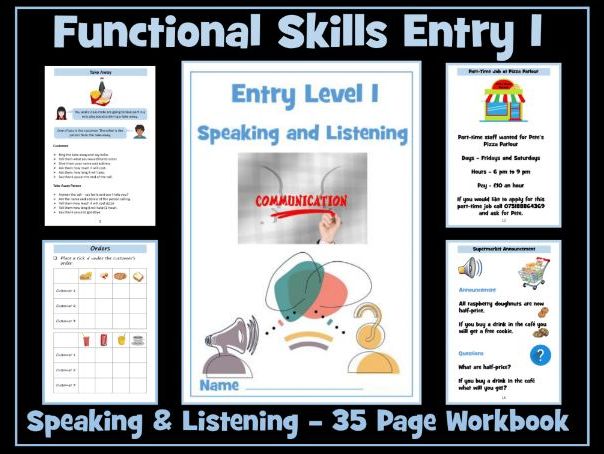Inspire and Educate! By Krazikas
I aim to design inspiring, educational resources to appeal to students and teachers alike. If you buy a resource and are happy with it - leave a review and get a resource of your choice for free! Just email inspireandeducate@aol.co.uk with your user name, the resource you have reviewed and your chosen free resource (up to the value of your purchased resource).




















